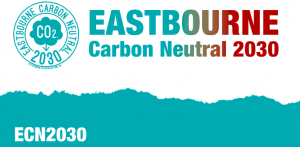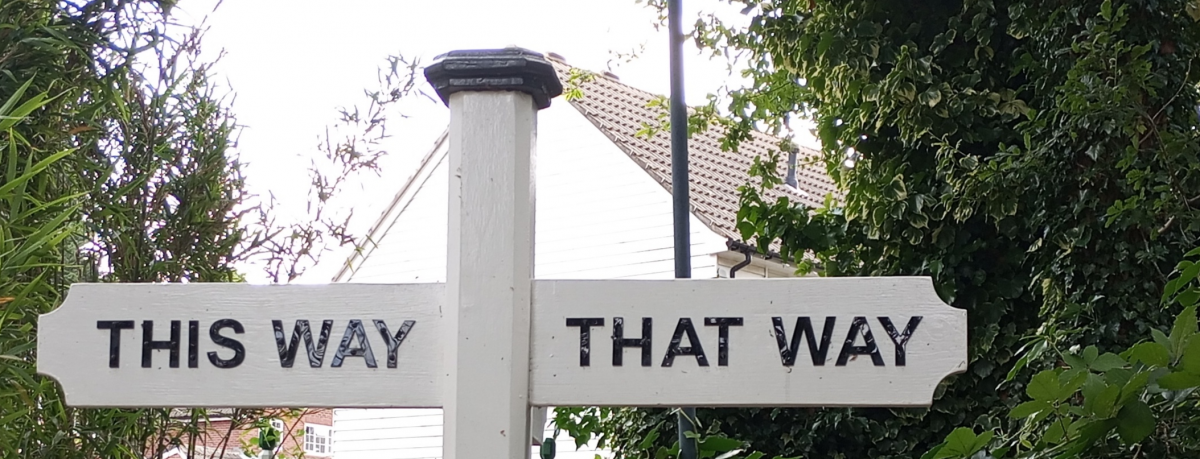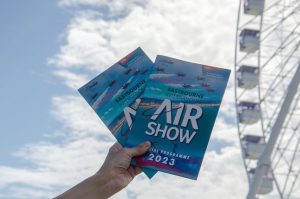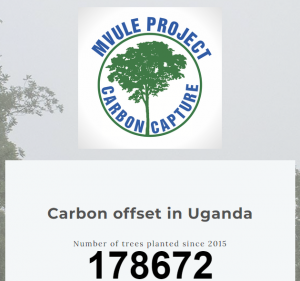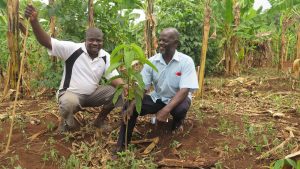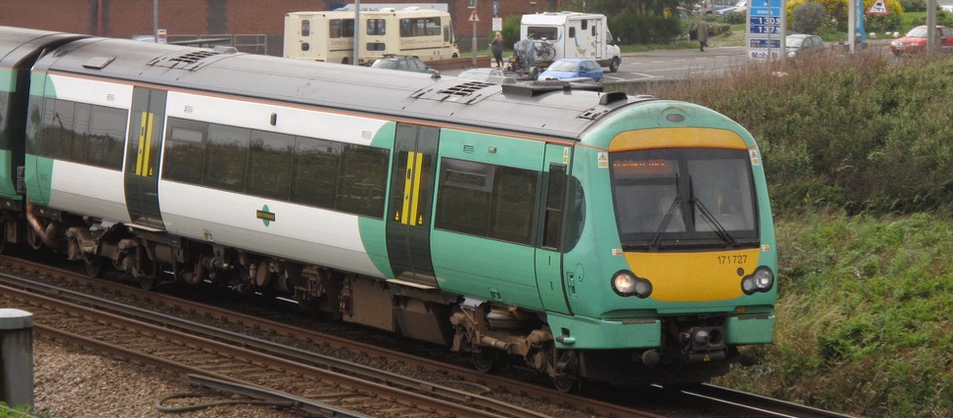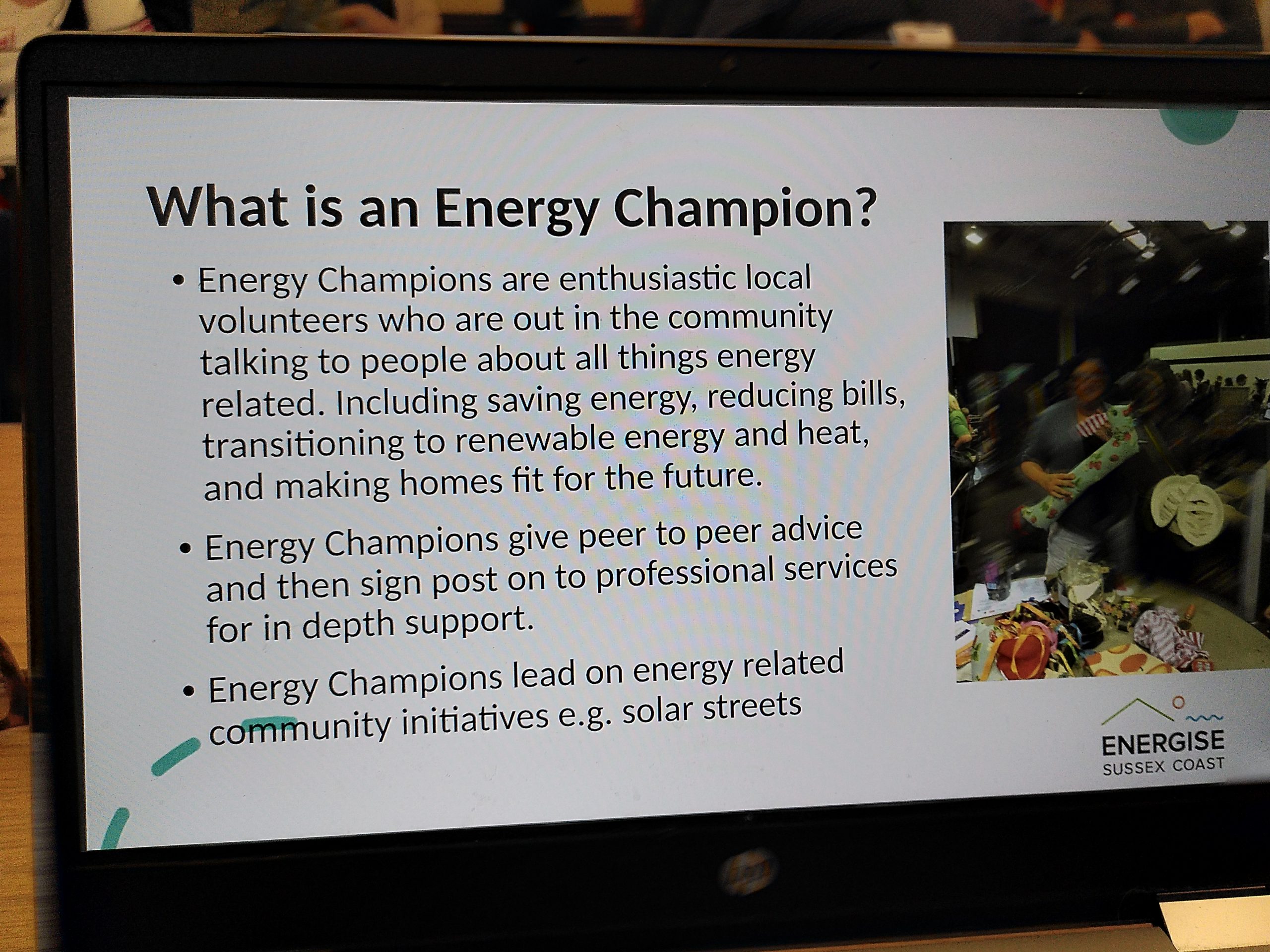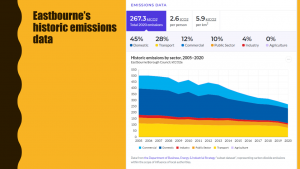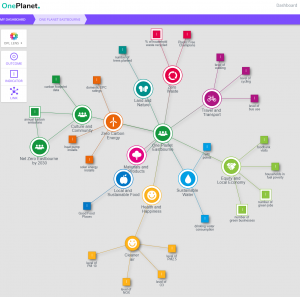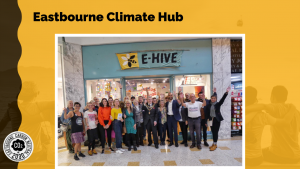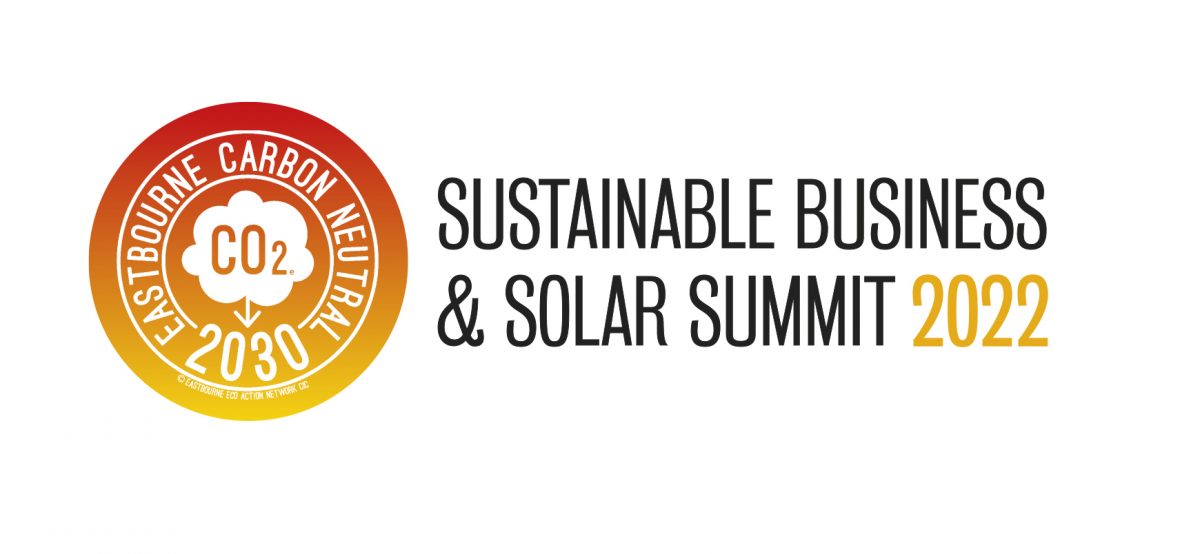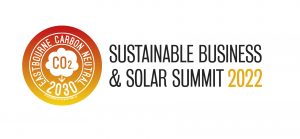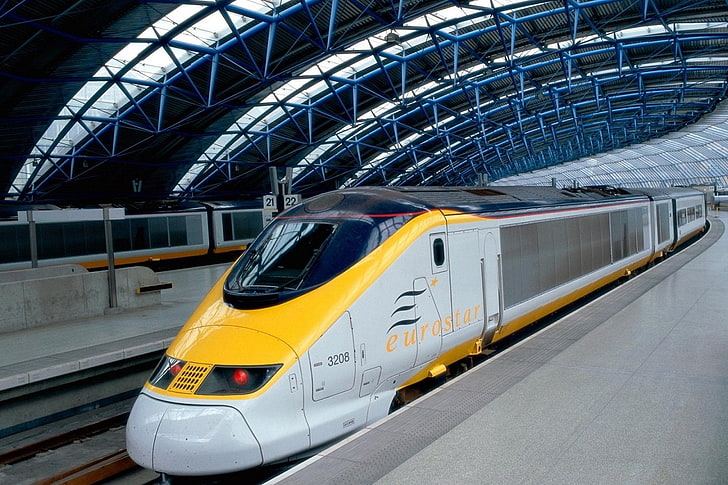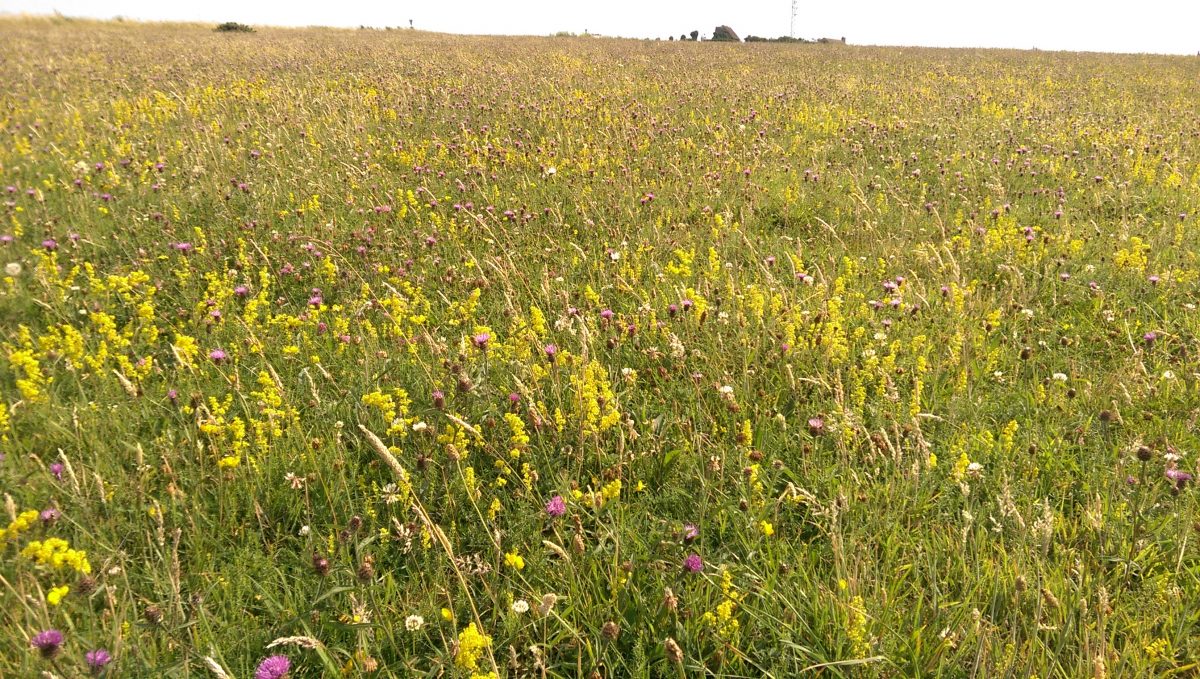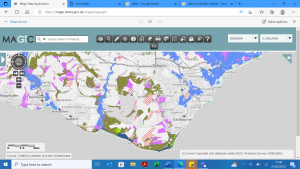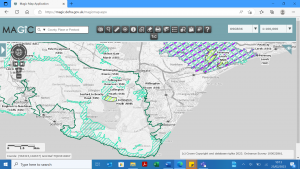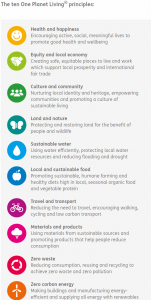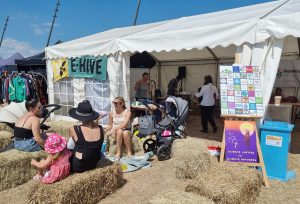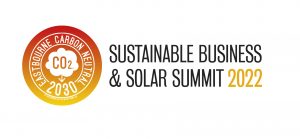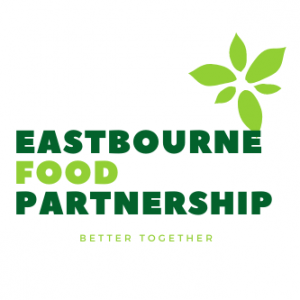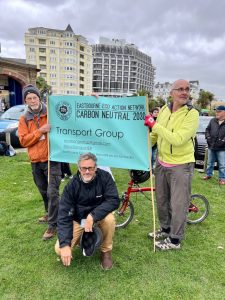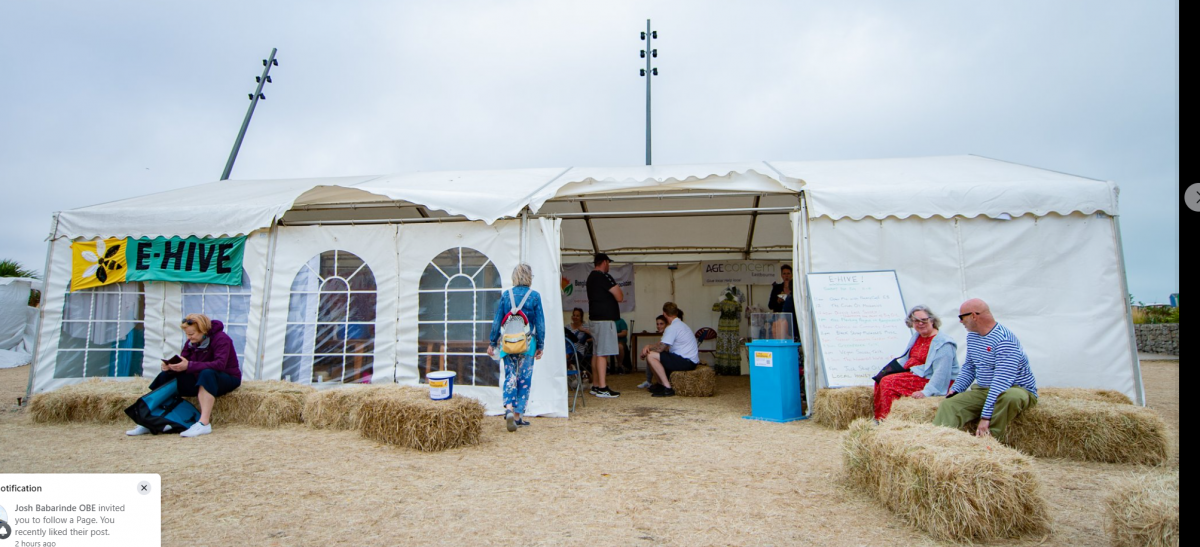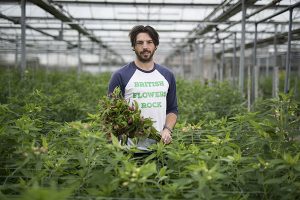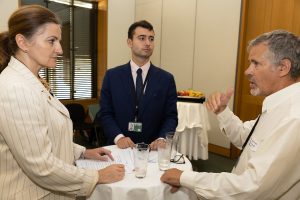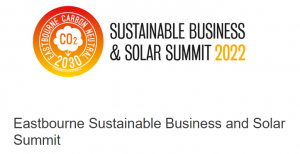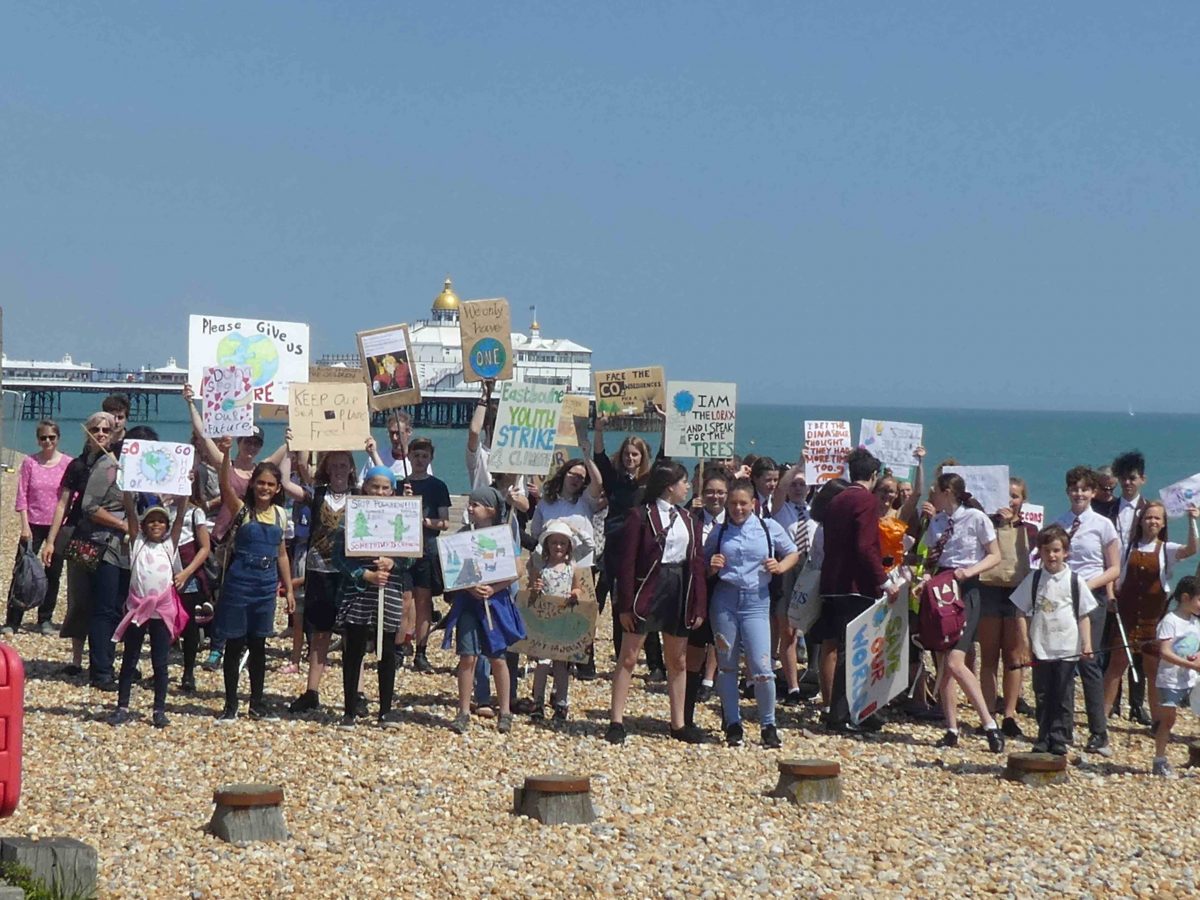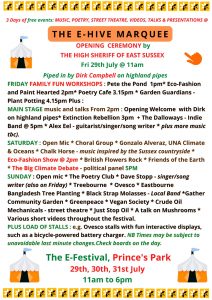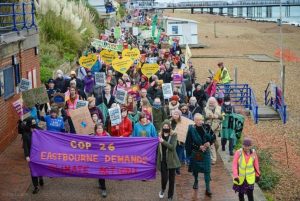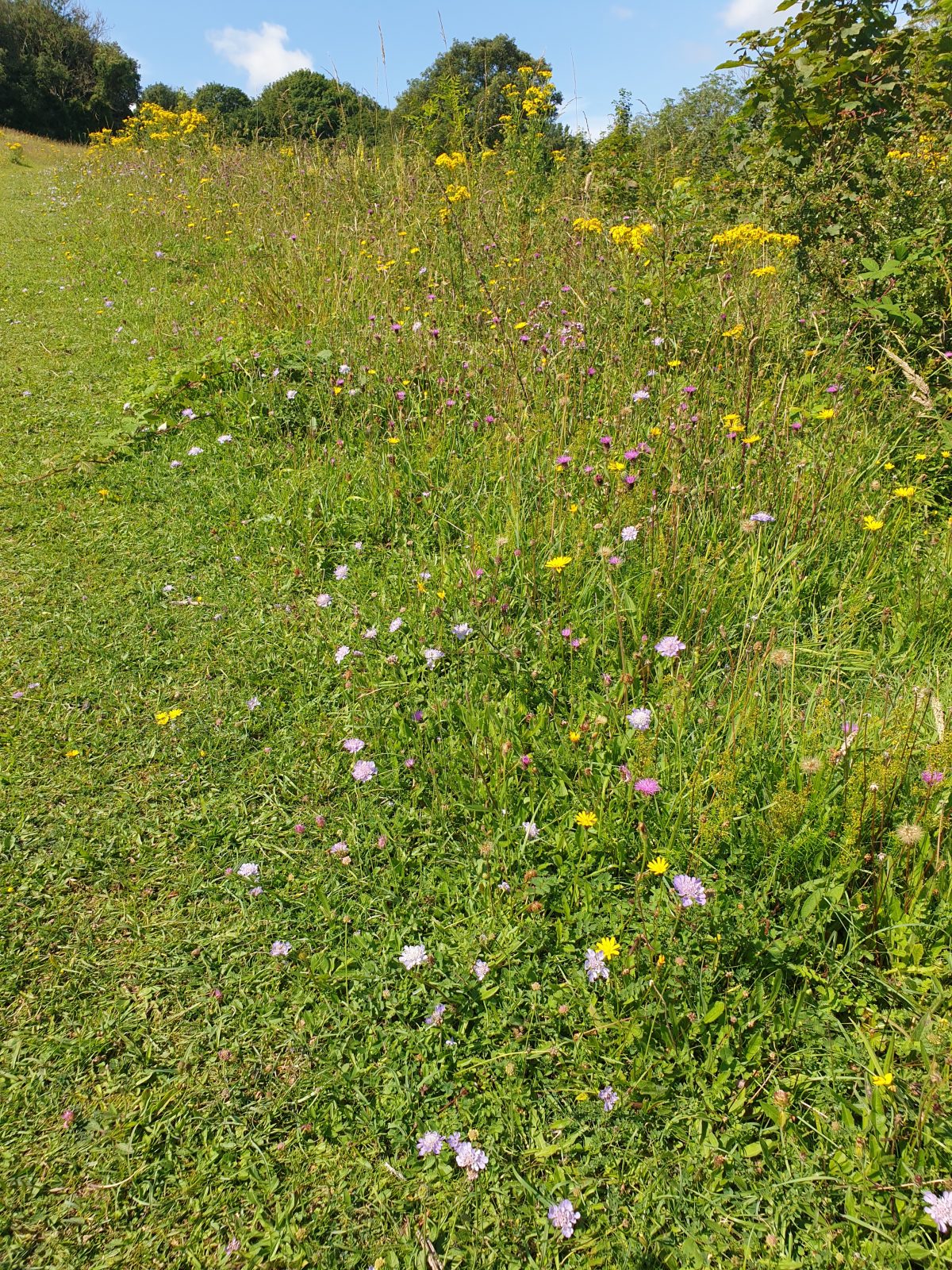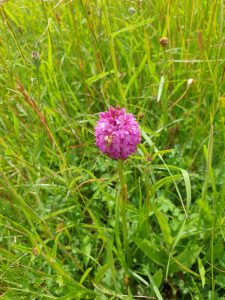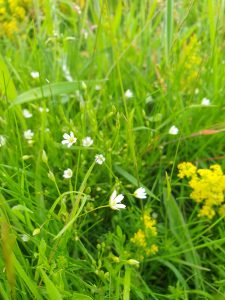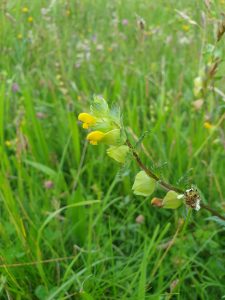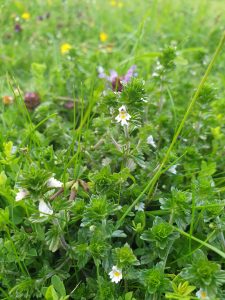Exploring local landscapes: ecology, geography, history & folklore
Part of our work at Eastbourne Eco Action Network is to share information about protecting and supporting wildlife and biodiversity in our area, which got us thinking about organising a series of guided walks this spring. We were fortunate to receive a small grant from the Chalk Cliff Trust to make it happen.
Six spring strolls
The walks project is about developing our work on biodiversity and eco-education – an enjoyable way to introduce people to the beautiful, yet fragile ecology of the countryside around Eastbourne. Each walk covered a different landscape: downland, forest, river valley, marsh and coastal, with start and end points accessible by public transport. They were led by experts and enthusiasts – in ecology, biology, geography, folklore and Sussex history.
We wanted to avoid reinventing the wheel – and link up with other organisations working in the same field, including the South Downs National Park Authority, Towner Art Gallery and Sussex Wildlife Trust to share expertise and develop relationships for future collaboration. We also wanted to build on the excellent work of the Eastbourne Walking Festival and Beachy Head Story, which both closed as a result of cutbacks at Eastbourne Borough Council.
1. Downland: Stars, Songs & Tiger – natural history & folklore

The skies were indeed dark – as advertised. But of twinkling stars, glowing planets and the majesty of the heavens… there was no sign. Just a wall of low cloud and a keen breeze flowing in from the sea. We ducked into the lee of a flint barn – and watched Ant Miller of Eastbourne Astronomical Society perform a remarkable riff on the wonders of the night sky without props or any assistance.


Our group of 12 had climbed Went Hill from the Tiger Inn at East Dean at dusk. This walk was timed to coincide with the South Downs National Park’s Dark Skies Festival over half term. We returned to the Tiger Inn via Crowlink Lane and Friston Pond – and were treated to traditional folk songs with wintry, celestial themes – beautifully performed by Liz Overs and Dave Tomlins.


2. River & downland: Druids, drovers & dragons – natural history & folklore

In bright spring sunshine we gathered on the green at Alfriston. And local historian, Matt Fenton expertly guided our group of 15 along the bank of the River Cuckmere and up an ancient holloway to the grassy slopes of Windover Hill.

As he read an old Sussex story that played out in the expansive landscape below us, a lark ascended; followed by a close encounter with a red kite and two wheeling crows.

A downland stroll to the exquisite Lullington church, which was briefly awash with lovely folk songs from Liz Overs and her trusty autoharp. Then back down the hill to Alfriston for a cider in the garden of The George Inn.


3. Woodland: Singing the forest – natural history & folklore

The car park of Seven Sisters Country Park Visitors Centre is shaded by tall trees, which form the edge of Friston Forest. Into which our group of 18 strolled – heading for the hamlet of West Dean. Now encircled by mighty beeches, sycamore and oaks, it was once the gateway to miles of open downland, grazed by thousands of sheep and tended by shepherds and collies.

We pointed out the row of cottages opposite the village pond, constructed for foresters in the 1920s – in part to protect the chalk aquifer that provided drinking water to the growing resort of Eastbourne.

Amid a stand of greening beech trees, Liz Overs and Sandra Manning-Jones sang traditional songs of woodland and Spring. Onward, through the forest, past the elegant Victorian pumping station and up to Friston church – for more songs about the people & places of old Sussex.

4. River & meadows: Snake River Safari – ecology, geography & history

If you want to walk inland along the Cuckmere valley towards Alfriston from the Seven Sisters Country Park Visitors centre, you need to take the narrow footpath alongside the A259 almost as far as the Cuckmere Inn. Then cross the road, climb over a stile and you are on the riverbank.


On that fine spring Sunday afternoon, the road was busy, noisy and exhaust-filled – contrasting vividly with the peaceful riverbank. As the sound of engines receded, so those of birdsong, the rustling of reeds, lowing cattle, the river’s gentle splashes and lapping wavelets strengthened.


Rebecca Harris, binoculars and field guide to hand, pointed out the subtle variations between the calls of different warblers, or rooks and crows. Her National Trust colleague, Matt Fenton, told of the valley’s deep history.
We paused for refreshments in the garden of Litlington’s Plough & Harrow and returned to Exceat along the riverbank, then through bluebell-infused woodland as the shadows lengthened.


5. Marsh: Mysteries of the Pevensey Levels – ecology, history & folklore

It was a walk of two halves. Starting with a tour of the ancient village of Pevensey – through a churchyard where the outline of 14th century plague pits are still visible. And past the mighty castle walls – washed by waves of cow parsley, echoing the froth of actual waves centuries ago.


Andy Durling explained his work cultivating a community orchard beneath the ramparts – and led us through to the small, but potent Court House Museum. We heard about the 700 Norman longships that appeared one afternoon in September 1066, Pevensey in its Cinque Port heyday, tales of smuggling and misdeeds and an epic historical pagaent in 1908.


The second half involved the Pevensey Levels, famed for their endless marshes and wide skies. Sparsely populated and little visited by people, the Levels are rich in wildlife, as Martin Hole, owner of Montague Farm explained from the seat of his quad bike, parked atop a mound with majestic views. He is especially proud of restoration work that has culminated in a field full of rare green-winged orchids, which he showed us on the walk back to Pevensey & Westham station.


6. Coastal: Chalk cliffs & grassy downs – ecology, geography & history

We started by the Western Lawns – elegant Edwardian gardens near Eastbourne’s Grand Hotel – and headed west along the middle promande. Past the Italian Gardens, a former chalk pit now replete with mature trees and shrubs, to Holywell – the sacred source of spring water trickling from crumbling chalk cliffs.

And once home to a fishing community – its cottages and net-drying sheds and lime kilns having long since tumbled into the sea.


David Beer, of Sussex Wildlife Trust, led us further west, to Cow Gap, pointing out an array of local wildlife – from red valerian, mallow, cowslips and viper’s bugloss to day-flying moths, kestrel, stonechat, little egret and, perhaps, the bobbing head of a grey seal.


There was social history too. Whitbread Hollow, it turns out, was home to one of the UK’s first public allotments. They were the brainchild of Mary Ann Gilbert, the landowner who lived at Gildredge Manor, who wanted to help locals at a time of worklessness and poverty in the 1830s.

The coastal walk – and this series of spring strolls – ended in the sunlit garden of the Pilot Inn, Meads. Thank you to all our leaders and to everyone who came along.
Robert & Liz,
June 2025



 Good afternoon, everyone. I am Richard Garland, and amongst other things I am co-founder of
Good afternoon, everyone. I am Richard Garland, and amongst other things I am co-founder of 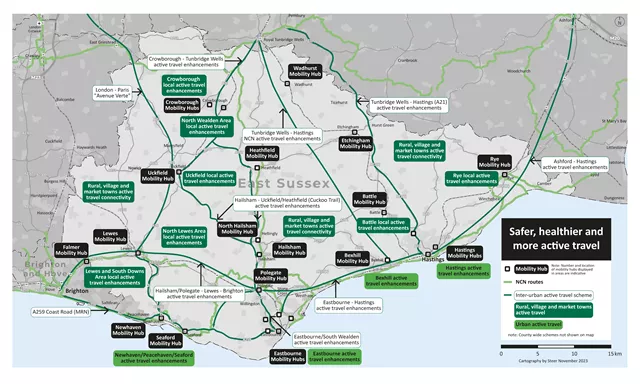
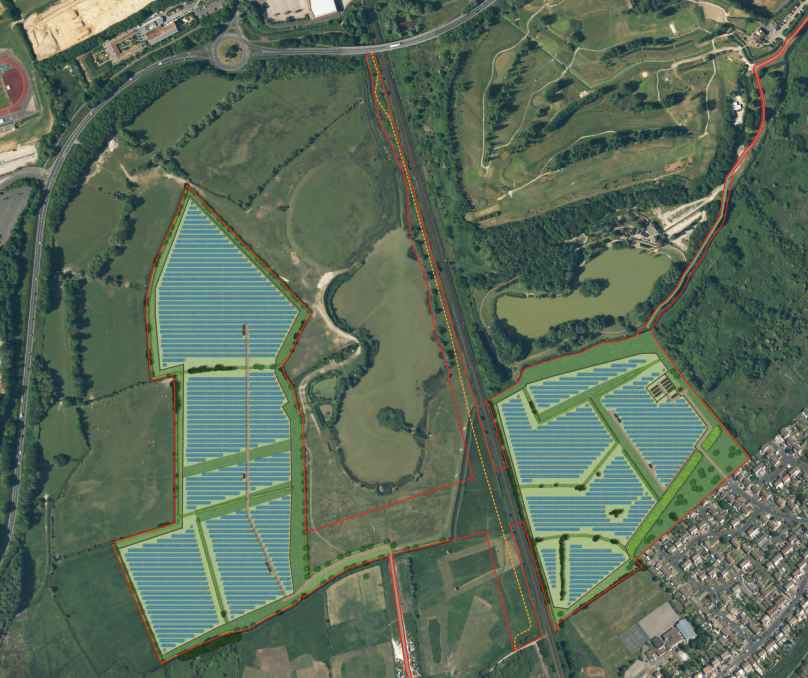

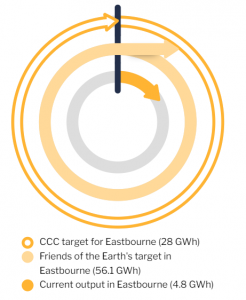
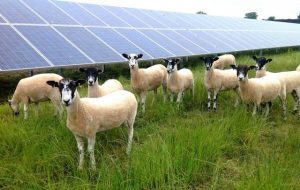
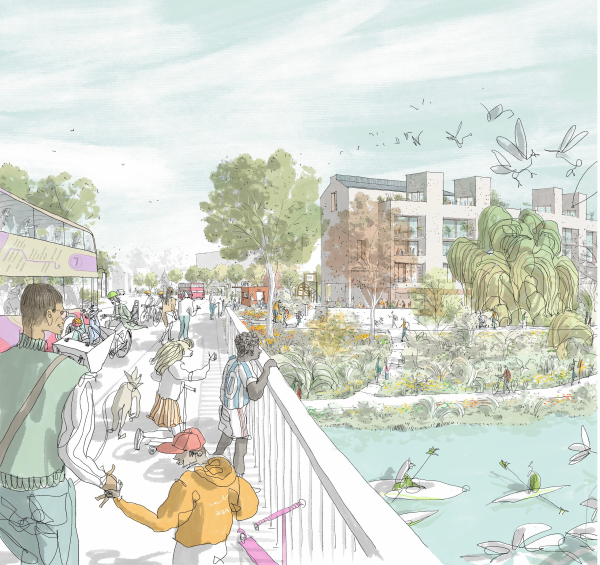


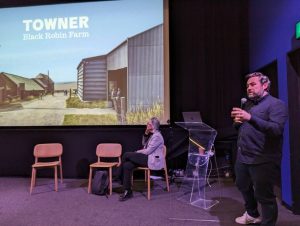 October, Eastbourne Borough Council submitted plans to the South Downs National Park Authority for its proposed
October, Eastbourne Borough Council submitted plans to the South Downs National Park Authority for its proposed 
